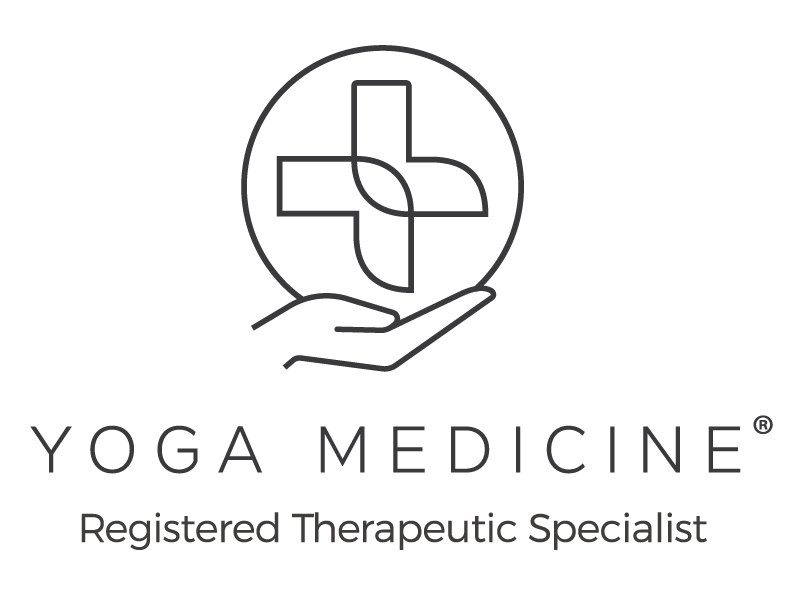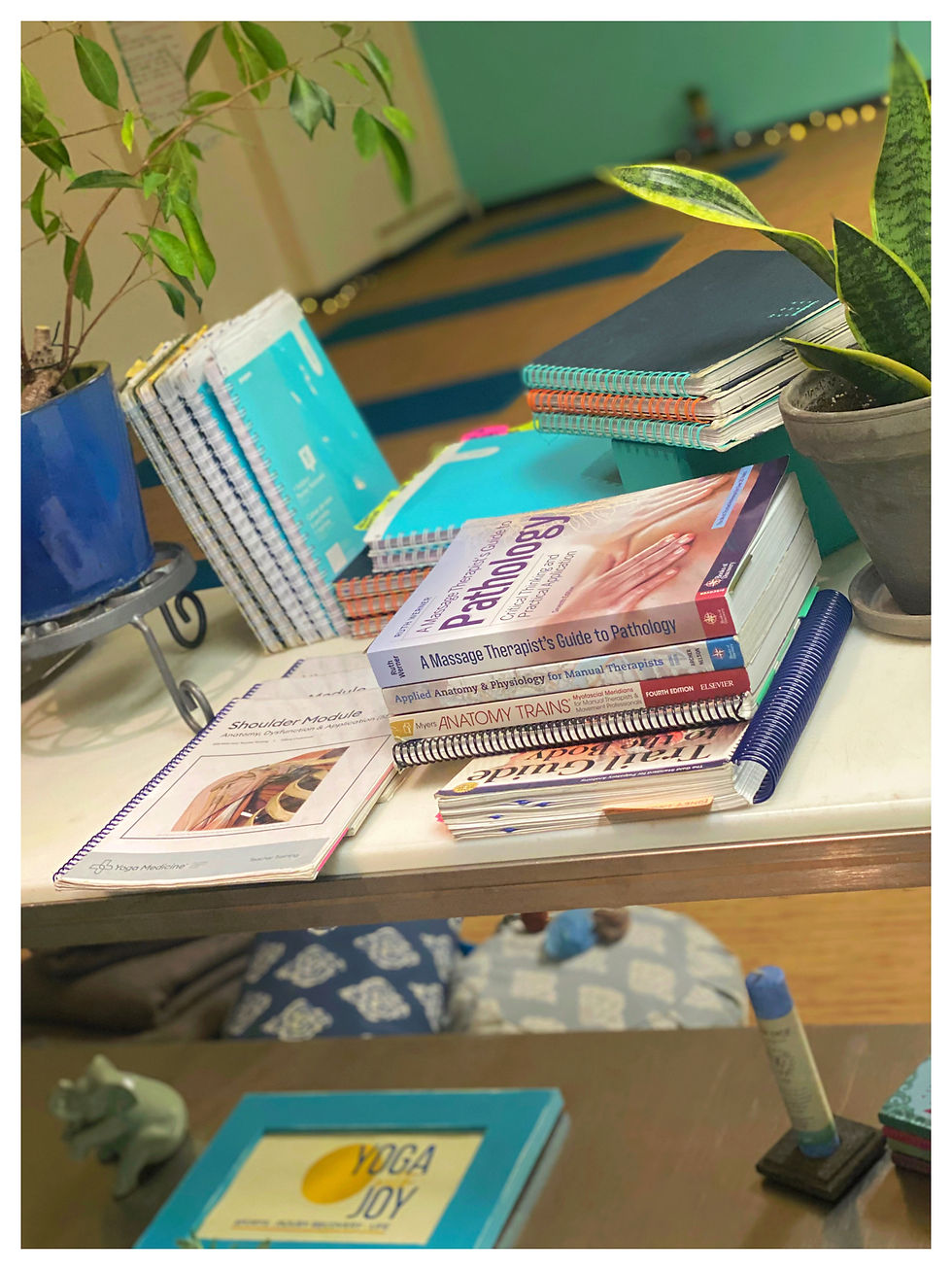How to Find the Right Yoga Teacher
- Joy Zazzera

- Jun 8
- 5 min read
Updated: Sep 4
For Women Seeking a Yoga Teacher Who Understands You—Especially if you’re navigating stiff joints, replaced joints, or shifting energy after 50
I was recently asked by a new client—after a few lessons together—to describe the style of yoga I teach. It’s a great question. And while the best way to understand my teaching is to experience it, I want to offer some insight here, especially for those seeking clarity before committing to a new yoga practice or a different way of approaching yoga.
Finding the right yoga teacher and style isn’t just about taste, preference, or proximity. It’s about trust. It’s about alignment—not just physical, but philosophical and ethical. You deserve to know what kind of experience you’re stepping into, especially if you’ve tried other classes that didn’t quite feel right, and you’re approaching yoga with physical limitations, stress, or hesitation.
When Class Titles Don’t Tell the Whole Story
You’d think a “gentle yoga” or "therapeutic yoga" class would be perfect if you’re new to yoga or working with movement limitations—but that’s not always the case. Class titles are often designed to attract the most people, not reflect the teacher’s expertise or training. And unless the instructor has specific training in joint replacements or reduced mobility, even gentle and therapeutic classes can move too fast or miss the mark.
Why Training and Credentials Count
Before describing the style of yoga I teach, I believe every student deserves to know their teacher’s background. A qualified teacher should be transparent about their credentials and training, and ideally align with organizations that uphold ethical standards—like Yoga Alliance. Being a Registered Yoga Teacher shows a commitment to excellence, ethics, scope of practice and continuing education.
I’m known for my precision, therapeutic approach, and signature “why before how” philosophy—guiding students to understand the science and purpose behind every movement and breath. People often say my classes feel like a conversation with their body, because learning why a movement matters makes it easier to connect with, trust, and make it your own.

What I Teach: Yoga Therapeutics
As Northeastern & Central Pennsylvania's only Yoga Medicine® Therapeutic Specialist, my background includes over 1,600 hours of advanced training in yoga, meditation, and massage therapy through the lens of anatomy, physiology, neurobiology, therapeutics, fascia research, and cadaver study. I’m also a Licensed Massage Therapist and a Davidji Certified Master of Wisdom & Meditation Teacher.
But what qualifies me most to guide you in developing yoga confidence isn’t just professional expertise—it’s that I’m living your journey, too. By 41, I had my second total knee replacement after years of progressive arthritic pain. At 46, I began navigating chronic stress, long-COVID, and perimenopause. By 48, I was in burnout—my nervous system and my body needed a new way forward. Now, as I turn 50, I teach from a place of lived wisdom, compassion, and practicality—offering tools that respect your limits and nurture your potential.
So when I ask, “What if you had a teacher who knows exactly how you feel?”—I mean it.
That’s why I align with teaching Yoga Therapeutics—because it’s not about you fitting into a class. It’s about the practice being designed to fit you, from the inside out.
Based in Carbondale, PA, I work entirely online—specializing in yoga therapeutics and meditation for women 50+ who want a safer, more personalized alternative to studio yoga. Whether you’re down the street or across the country, I design, coach, and teach practices that address reduced flexibility, joint replacements, and exhaustion.
The goal is to create intentional, targeted, routine therapeutic movements you can practice at home to improve resilience, comfort, and adaptability in everyday life.
The Yoga Landscape Today
In our highly commodified Western world, yoga—including wellness—has been reshaped into many different forms. Some yoga styles emphasize performance and aesthetics. Others promise quick fixes or spiritual highs. As someone who’s practiced yoga for more than two decades across the U.S. and studied under world-class teachers, I’ve seen and experienced the full spectrum.
At Yoga with Joy, I’ve chosen a specialized, focused path. Which means there are many more people I don’t teach yoga to than those I do. When yoga teachers try to teach everyone, it dilutes the quality of the practice and the student experience.
Who I Work With
I don’t believe yoga should be one-size-fits-all. My focus is on people who want to feel better in bodies that carry challenges—people navigating aging, stress and exhaustion, surgery and recovery, scar tissue, inflammation, chronic tension, or pain.
Most of my students are women in their 50s, 60s, and beyond—women whose bodies, energy, and priorities have shifted with age. Many are living with joint replacements, surgery recovery, or the daily reality of stiffness, scar tissue, or fatigue. Others are simply tired of classes that move too fast, feel intimidating, emphasize mysticism over science or don’t take into account what real midlife and beyond bodies need.
They practice with me because they want:
To move more easily, with less pain or stiffness.
Joint-friendly practices that support long-term mobility.
To understand more about their body and improve their relationship to movement.
Confidence after surgery, injury, or years of putting others first.
Mindfulness and meditation as approachable tools for stress relief.
Practices that feel safe, supportive, relatable, and deeply nourishing—not performative.

What My Classes Feel Like
Clients often say my classes feel like a conversation with their body. Through slow, simple movement with light load, we rewire neuromuscular patterns, improve posture and balance, and reconnect to inner experience.
This isn’t about performance or collecting poses—it’s about shifting attention, pausing long enough to listen, and exploring with safety and curiosity. We don’t force the body into shapes. Instead, we invite the nervous system to soften, creating space to explore something new.
I teach from a therapeutic, anatomy-informed approach rooted in the Yoga Medicine® model and aa decade of training in movement, mindfulness, and bodywork. My classes are intentionally slow, deceptively challenging, and deeply nourishing.
This isn’t “easy yoga.” It’s yoga therapeutics—intelligently designed to help you connect the dots between sensation and safety, strength and softness, structure and self-awareness.
Is This the Right Fit?
If you’re looking for a teacher unafraid to do things differently—someone who takes time to educate beyond poses and builds practices that meet you where you are—you may find a good fit with me.
My role isn’t to impress or to influence—it’s to guide you feel more resilient, balanced, and at home in your body. Together, we’ll turn your home into the most comfortable yoga studio you’ve ever practiced in—one where your body is understood, your limits respected, and your possibilities expanded in ways that feel safe, supportive, and truly your own.
Yoga Therapeutics, practiced with intention, can be a profound intervention for both body and mind. If you’ve been unsure about yoga because of past experiences—or if you’re not sure where to begin—I invite you to try something slower, more mindful, and more empowering.
You’ll know if this style is right for you by how you feel during and after my practices: more grounded, more aware, more connected. That’s the kind of yoga I teach. And maybe, someday, you’ll describe it to someone else in a way that brings them into practice too.

👉 Visit www.DoYogaWithJoy.com for free Yoga Therapeutics & Meditation resources, and to join my email list for ongoing support.













Comments